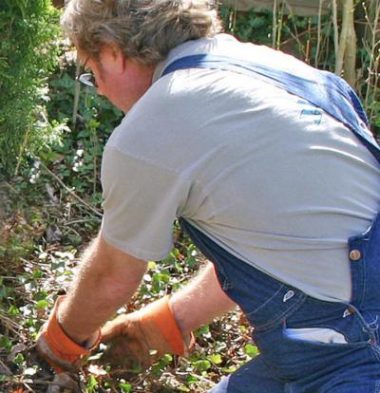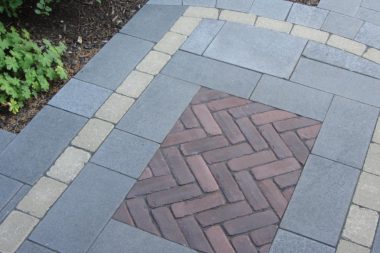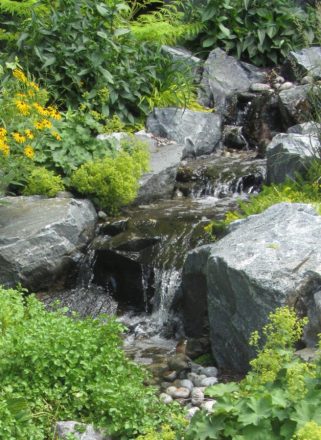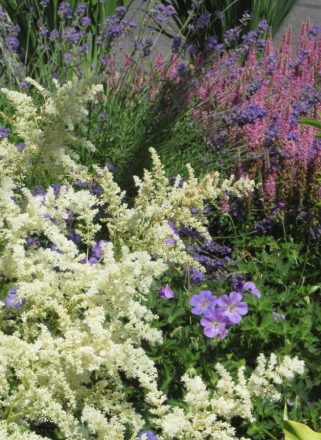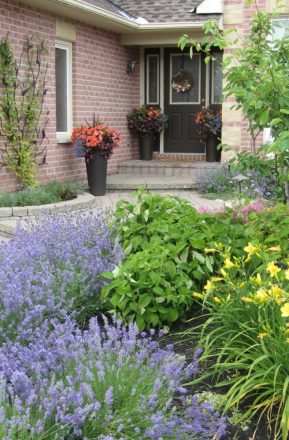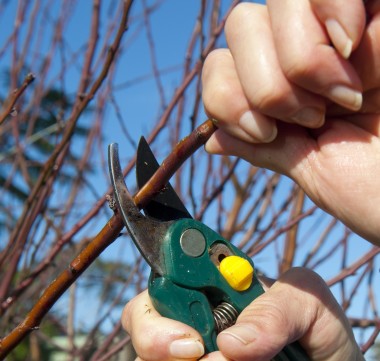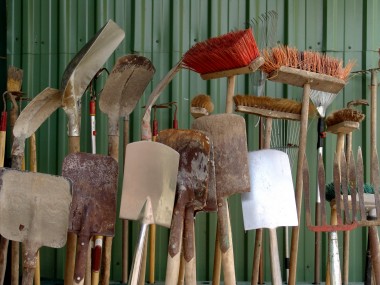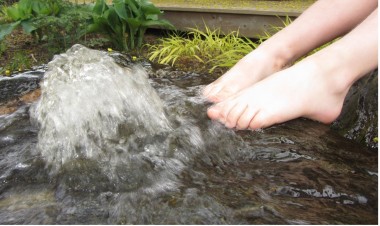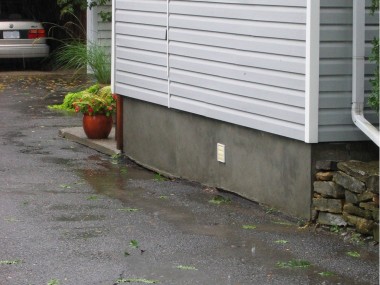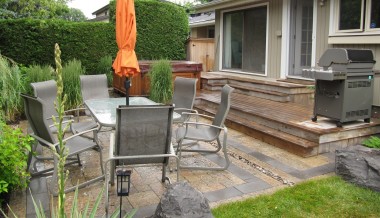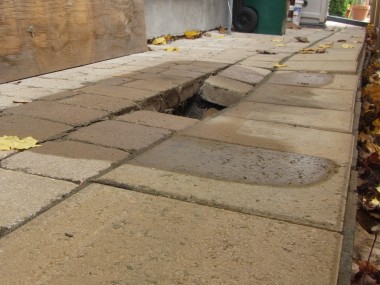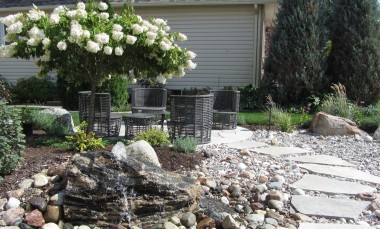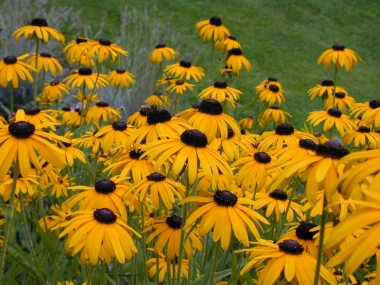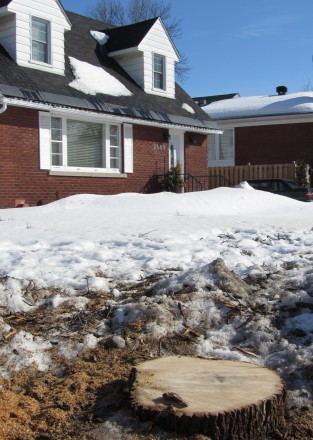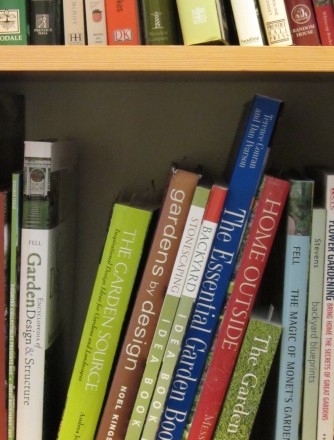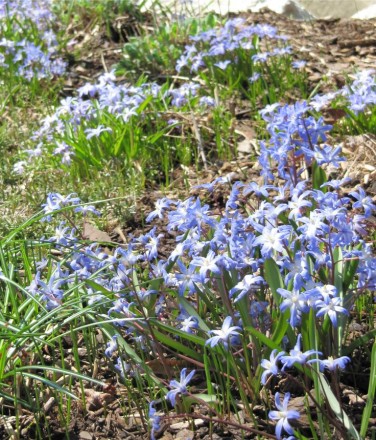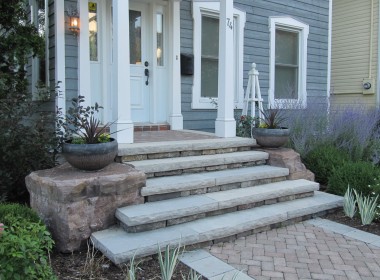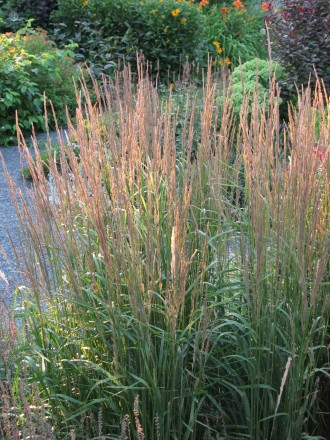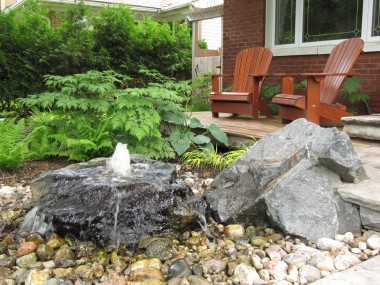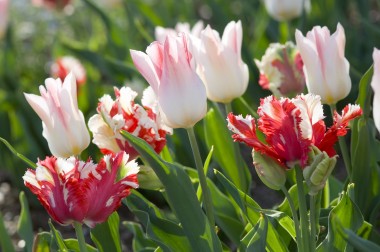By Jay Ladell
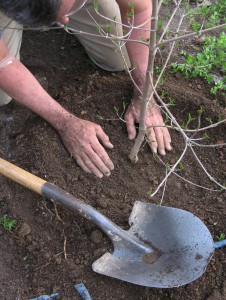 Trees are nature’s workhorses. They can clean the air, reduce noise pollution, absorb and filter water, prevent soil erosion, and absorb and deflect solar radiation and heat. And trees bring us closer to nature as they provide food and habitat that is inviting to wildlife.
Trees are nature’s workhorses. They can clean the air, reduce noise pollution, absorb and filter water, prevent soil erosion, and absorb and deflect solar radiation and heat. And trees bring us closer to nature as they provide food and habitat that is inviting to wildlife.
Planting a tree on your property could well be the easiest and best landscaping investment you make. Besides adding shade, they will also add curb appeal and increase property value, not just for your house, but for the whole neighbourhood.
Select the right tree and plant it in the right place and you’ll reap decades of enjoyment, potentially reduce home energy costs, and help give nature a boost. Put the wrong tree in the wrong spot and look out for trouble. This mistake can be costly. Imagine branches rubbing against your house that reduce airflow or damage roof shingles. Tree roots can damage sewage pipes and crack foundations. Pesky fruit droppings can be a slipping hazard, while planting a disease-prone tree will just add work and the costs of future removal.
How do you find the perfect tree for your yard? First, focus on disease resistant varieties that have been either developed by nurseries or have a natural resistance to common problems. Avoid trees that are prone to infection. For example, in Ottawa I recommend staying away from planting beautiful blossoming cherry tree species (Prunus spp.) because the fungus that causes black knot is wide-spread and extremely difficult to treat.
When buying, pay close attention to the mature tree size so your garden won’t be overwhelmed in the future. And beware of relying on tree labels for growth information as they are often misleading. Some labels indicate the tree size at 20 years and not the mature size. This could mean that the three-meter tree you purchase can become a 30-metre colossus, beautiful in a large yard, but a disaster four metres from your foundation.
Knowing where to plant a tree is crucial. For front yards, the tree will be the focal point and you’ll want it to create an inviting view to your home. Planting it too close to the house will eventually lead to hiding the home, blocking views from your windows, and could well ruin the home’s curb appeal.
In the backyard, your focus will be more on creating a welcoming microclimate and backdrop for your outdoor living space. And whether front or back, you will always want to keep from planting large trees under power lines.
Here are some questions to help narrow your search. Do you want a shade tree so you can enjoy the outdoors without being overwhelmed by heat? Or are you looking for an evergreen to screen out an ugly view? Did you just want a small flowering tree to create interest in the garden?
Shade trees are a great way to make your yard feel more intimate and less exposed. Because they are deciduous, shade trees regulate the temperatures in the yard by slowing the winds, providing cooling shade in the summer and allowing sun through in the winter. This also helps reduce home cooling costs in summer and heating bills in winter.
For a good shade tree, I recommend the Red Sunset Red Maple, (Acer rubrum ‘Red Sunset’). This cultivar (a plant species cultivated for specific traits either by cross pollination or in the lab) of a hardy native tree, known for its gorgeous, bright red leaves in fall, grows 18 meters tall and is the perfect shade tree if planted 11-15 metres southwest of your home to maximize its summer cooling benefits. Just ensure it is adequately watered for the first five years after planting and that it is properly pruned as it grows to create a strong central vertical stem and good form.
If you prefer an evergreen, plant an upright conifer on the northwest side of your property to buffer the prevailing northwest winds. For an interesting backdrop, one of my favourites is the silver-blue Tolleson’s Weeping Juniper (Juniperus scopulorum ‘Tolleson’s Blue Weeping’).
Many homeowners are drawn to the beauty of small garden trees that are often only two to five metres tall. Three terrific options for these flowering shrubs grafted into trees are:
- Weeping Caragana (Caragana arborescens ‘Pendula’) has yellow pea-shaped flowers that hang below the branches;
- Pee Gee Hydrangea standard (Hydrangea paniculata ‘Grandiflora’ std.) has panicles of white flowers that fade to pink and bloom from midsummer into fall; and
- Dwarf Korean Lilac Tree (Syringa meyeri ‘Palibin’ std.), which is smothered in fragrant, purple flowers that bloom in late spring.
Regardless of your choice, all trees require pruning by a qualified landscaper or certified arborist, especially during the first five to fifteen years. Proper pruning will help ensure the longevity of your tree and give it a strong, healthy structure.
Lastly, and very importantly, have your tree planted and selected by a knowledgeable person who understands form and root structure. When selecting the specific tree, the root system should grow outward rather than girdling the trunk and choking it, while the crown should have one dominant central stem. Planting the roots properly, ensuring that they extend outwardly, can help guarantee that you will enjoy your beautiful tree for decades to come.
Article originally published in the VISTAS newspaper

